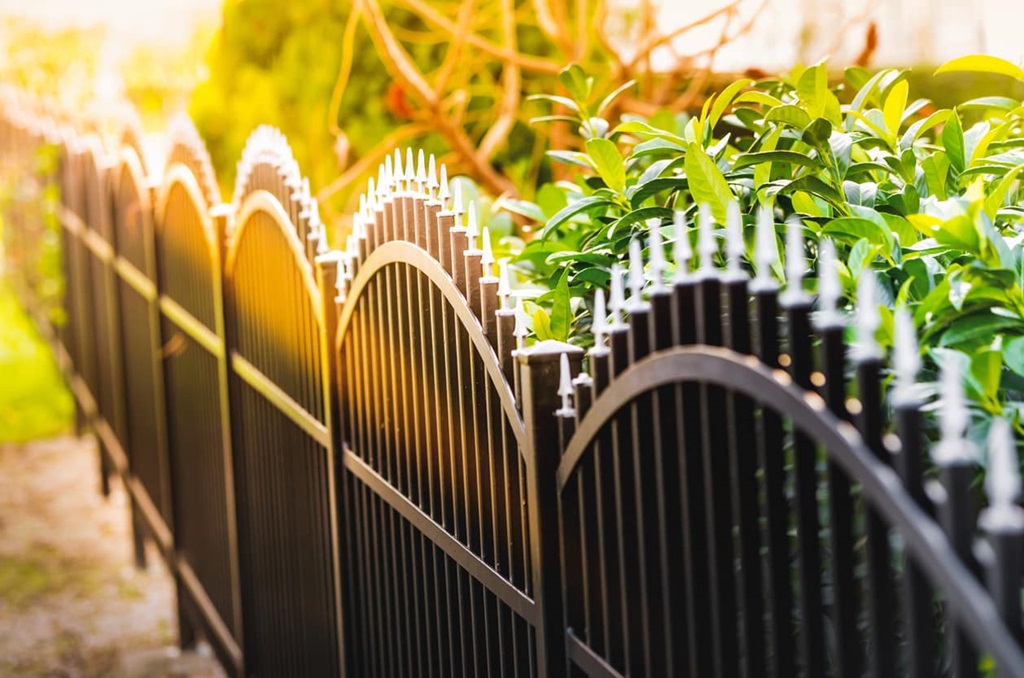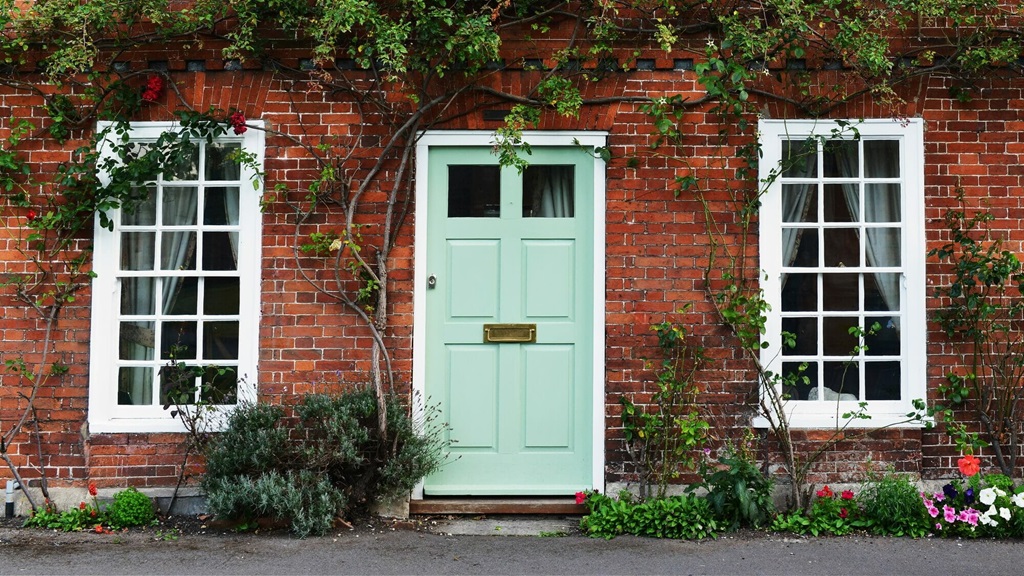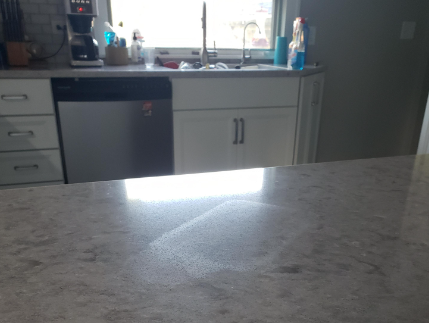Fencing serves both functional and aesthetic purposes, defining property lines, providing security, and enhancing curb appeal. Choosing the right fence involves considering your needs, budget, and local regulations. This comprehensive guide will navigate you through the world of fencing, exploring various styles, materials, and installation techniques.
1. Fencing Styles
- Picket Fence: A classic choice, picket fences evoke a sense of charm and nostalgia. They are typically made of wood or vinyl and come in various picket shapes and spacing options.
- Privacy Fence: Designed to offer seclusion, privacy fences are tall and solid, often made of wood, vinyl, or composite materials. They create a private oasis in your backyard, blocking unwanted views and noise.
- Split Rail Fence: A rustic and natural-looking option, split rail fences are commonly used to define property lines on larger plots of land. They are typically made of wood and require minimal maintenance.
- Chain Link Fence: Known for its affordability and durability, chain link fences are often used for security purposes in commercial and industrial settings. They are also a popular choice for sports fields and dog kennels.
- Wrought Iron Fence: A sophisticated and elegant option, wrought iron fences add a touch of luxury to any property. They are highly customizable, allowing for intricate designs and patterns.
2. Fencing Materials
- Wood: A traditional and versatile material, wood offers a natural aesthetic appeal. It can be painted or stained to match your desired style but requires regular maintenance to prevent rot and decay.
- Vinyl: A low-maintenance alternative to wood, vinyl fences are resistant to moisture, insects, and fading. They come in various colors and styles, mimicking the look of wood without the upkeep.
- Composite: Made from a blend of wood fibers and plastic, composite fences offer the appearance of wood with enhanced durability. They are resistant to rot, warping, and insect damage.
- Aluminum: A lightweight and corrosion-resistant material, aluminum fences are a popular choice for modern and contemporary homes. They are available in various colors and styles, offering a sleek and stylish look.
- Steel: Known for its strength and security, steel fences are often used in high-security applications. They are durable and long-lasting but can be susceptible to rust if not properly coated.
3. Installation Tips
- Obtain Permits: Before starting any fence installation project, check with your local authorities to determine if you need permits or approvals. Failure to comply with regulations can result in fines and delays.
- Plan Your Layout: Carefully plan the layout of your fence, marking property lines and identifying any potential obstacles, such as underground utilities or tree roots.
- Set Posts: Dig holes for your fence posts, ensuring they are deep enough to provide stability. Use concrete to secure the posts in place.
- Attach Rails and Panels: Attach horizontal rails to the posts, ensuring they are level and evenly spaced. Then, attach the fence panels or pickets to the rails, following the manufacturer’s instructions.
- Gate Installation: Install gates at appropriate locations, ensuring they swing freely and latch securely. Consider adding a self-closing mechanism for added convenience.
- Finishing Touches: Add any desired finishing touches, such as post caps or decorative finials, to enhance the overall appearance of your fence.
Related: Boost Your Property’s Appeal with a Round Wood Fence
4. Additional Considerations
- Maintenance: Regularly inspect your fence for signs of damage, such as loose panels or rust spots. Address any issues promptly to prevent further deterioration.
- Climate: Consider your local climate when choosing fencing materials. Some materials may be more susceptible to extreme temperatures or moisture than others.
- Cost: Set a budget for your fencing project and explore various material options to find one that fits your financial constraints.
- Aesthetics: Choose a fence style and material that complements the architecture of your home and enhances the overall curb appeal.
- Security: If security is a primary concern, opt for a taller and more robust fence with a secure locking mechanism.
Conclusion
Choosing the right fence involves a careful consideration of style, material, and installation techniques. By understanding your needs and exploring the various options available, you can create a fence that not only serves its purpose but also enhances the beauty and functionality of your property. Remember to plan your project thoroughly, obtain necessary permits, and choose a reputable contractor to ensure a successful and long-lasting fence installation.




